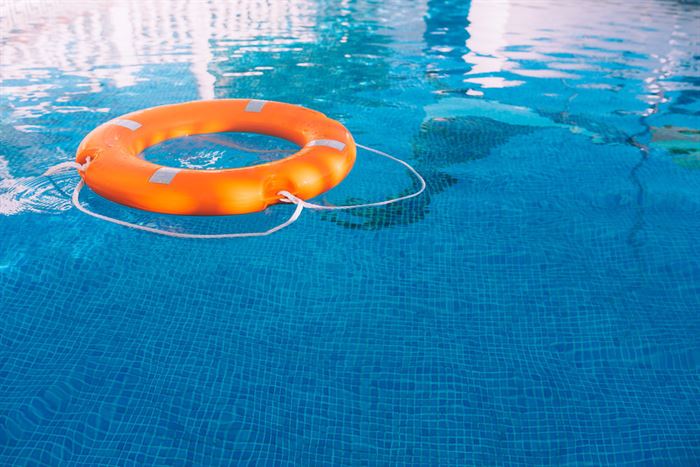Pool ownership brings joy but brings along various problems for pool owners. Pool owners can stop worrying about pool problems because such issues occur naturally in pool maintenance. A pool requires proper chemical balance to stay safe while remaining sparkling. The following list shows common pool issues which will help you recognize potential problems in your future pool.
Going green
Your pool should never turn green because this color indicates improper maintenance. The presence of green algae along with poor pool maintenance indicates that the pool has exceeded its recommended service life. The formation of algae in pools is normal but it can be prevented through regular cleaning schedules combined with maintenance protocols which maintain pool water clarity. The presence of excessive algae in your swimming pool requires you to apply a shock treatment.
You can achieve the proper pH range of 7.2 to 7.6 in your pool by using PH+ or PH- products. After shocking your pool with Sodium Hypochlorite (liquid chlorine) you must brush away any remaining algae while your filter operates to complete the cleaning process.
An old, overused filter
Regular filter checks along with cleaning operations will stop debris accumulation. Pool owners experience this issue frequently but keeping your filter clean remains the simplest solution which should become part of your routine maintenance schedule. Filters need replacement regardless of regular cleaning because their lifespan has a limit.
Calcium build up
Do you experience a rough texture when swimming in your pool? Have you injured your toes or torn your swimsuit? The formation of a calcium deposit causes this situation to occur. The pH test will reveal whether calcium build up exists and multiple products are available for its reduction.
The accumulation of calcium carbonate together with calcium silicate forms this deposit. Calcium silicate produces white-grey scales while calcium carbonate appears as white flaky deposits. A calcium silicate buildup indicates a pool foundation leak which requires further investigation because it takes time to develop.
These products make it possible to eliminate carbonate deposits. Pool owners should maintain calcium levels between 200-400 ppm for optimal water conditions. The amount of calcium deposits increases with higher ppm values.
Cloudy water
Pool owners commonly encounter cloudy water conditions in their swimming pools. Check your pool levels because cloudy water could result from excessive chemicals or out-of-range measurements. Check your pool filter as it represents another possible cause of cloudy pool water. A pool cover installation might be necessary if your pool receives direct environmental exposure since excessive dirt and debris contamination leads to water quality deterioration.
Staining in the pool
When you clean your pool and discover permanent stains they often stem from excessive pool metals or rust that emerges from foundation cracks. All pool stains require investigation to determine their origin and the necessary steps for resolution.
Swimming causes skin discomfort.
Regular testing should prevent this occurrence since most cases stem from pH level imbalances. Our bodies accept pH ranges between 7.2 and 7.6 but levels outside this range may cause irritation and burning sensations. Check your pool pH levels immediately whenever you feel any swimming-related discomfort.
Cracks in your pool
A crack in your pool usually creates disappointment but it does not automatically indicate a leakage. The pool structure and its foundation both demonstrate cracking as a common issue. It is always safest to consult a professional about pool cracks so your pool work receives both safe execution and standard compliance. You need to determine where the crack originates from
Pool ownership generates numerous problems yet these represent some of the most frequent issues. Our website contains all essential items to preserve your pool water sparkle.
